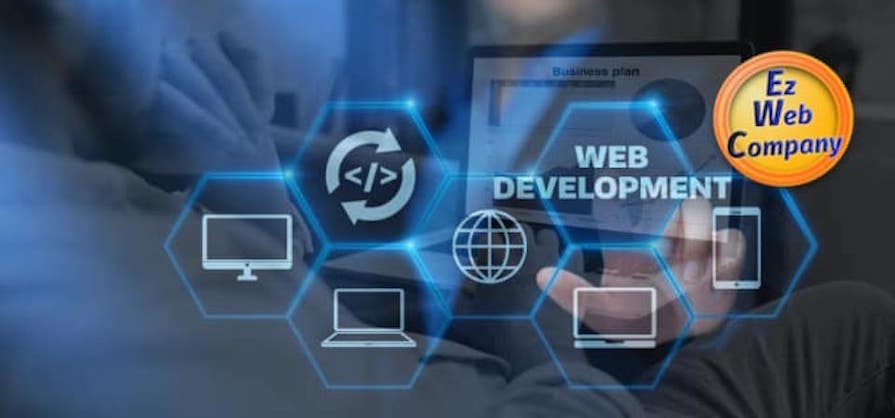Study: 72% Of Consumers Trust Online Reviews As Much As Personal Recommendations
The findings of this year’s Local Consumer Review Survey (2012) show a positive shift in consumer trust and appreciation of online reviews.
Approximately 72% of consumers surveyed said that they trust online reviews as much as personal recommendations, while 52% said that positive online reviews make them more likely to use a local business.
About The Local Consumer Review Survey 2012
This online survey was conducted between 15th January – 1st March 2012. A set of 18 questions were put to a survey panel of 4,500 local consumers located in US, Canada and UK. We received 2,862 respondents.
This is the 2nd wave of the Local Consumer Review Survey. The 1st wave of this surveywas conducted in late 2010/early 2011. We compared results between the 2 waves (2010-2012) to determine any change in consumer attitudes and behaviour.*
The following results and charts are taken from Part 1 of the survey; Parts 2 & 3 will be released subsequently (expected: April-May 2012).
*2010 survey had 2,012 participants from US & UK, but not Canada.
Part 1: Consumer Attitudes & Consumption Of Online Reviews
Q1: How many times have you used the Internet to find a local business in the last 12 months?
There has been a significant jump in the number of consumers using the Internet to find local businesses, and the regularity of their ‘searches’ has also increased.
Key Findings:
Only 15% of consumers said that they had not used the Internet t0 find a local business (vs. 21% in 2010)
16% of consumers said they used the Internet every week to find local businesses (vs. 9% in 2010)
Q2: Do you read online customer reviews to determine whether a local business is a good business?
More consumers are reading online reviews now than 15 months ago, with 27% regularly reading online reviews when looking for a local business to use.
Key Findings:
27% of consumers regularly use online reviews to determine which local business to use (vs. 22% in 2010)
24% of consumers never use online reviews. (vs. 29% in 2010)
Q3: How many online reviews & ratings do you need to read before you feel that you can trust that business?
This year’s survey shows a decline in the number of reviews being read by consumers. Consumers are forming opinions faster and trusting reviews more, leading to lower consumption of reviews.
Key Findings:
65% of consumers read between 2-10 reviews (vs.58% in 2010)
Just 7% of consumers read more than 20 reviews (vs. 12% in 2010)
Note: the total quantity of reviews a business has remains important. Having a high number of reviews gives users more confidence in star ratings (represent an avg. across all reviews) and allow users to feel more confident in the fewer reviews which they do actually read.
Q4: How do online customer reviews affect your opinion of a local business?
More consumers are reading online reviews and using them to form an opinion about local businesses. Positive reviews can establish greater trust in a local business.
Key Findings:
58% of consumers trust a business which has positive online reviews (vs. 55% in 2010)
Q5: How do online customer reviews influence your decision to use/select a local business?
More local consumers are now taking notice of online reviews and online reviews are an important factor in deciding which local business to use. Consumers appear to bess swayed by location and price which don’t represent any guarantee of quality or reliability.
Key Findings:
52% of consumers are more likely to use a local business if they have positive reviews
Just 28% of consumers cite location &/or price as main decision making factor (vs. 28% in 2010)
Q6: Do you trust online customer reviews as much as personal recommendations?
Appreciation and value of online reviews is growing as more consumers trust online reviews as much as personal recommendations.
Key Findings:
72% of consumers trust online reviews as much as personal recommendations
Key Takeaways
The importance and value of online reviews is on the way up!
Local consumers are becoming more familiar with online reviews and therefore placing more value and trust in them.
Online reviews give users quick access to information which helps them make informed decisions faster and more easily than ever before. This growing trust means that users are prepared to make decisions based on fewer reviews.
The continued growth of mobile Internet usage (cell phones & tablets) means that more and more consumers will be searching and finding local businesses online.
The availability of clear and easy to consume review/star-rating content will become even more important to consumers and extremely valuable to local business owners.
Opinions expressed in the article are those of the guest author and not necessarily Search Engine Land.
About The Author: Myles Anderson is Founder & CEO of BrightLocal.com. BrightLocal provides local SEO tools for local businesses; see their Research section for the latest findings about the local search market.














